ELOM-D is the first nationally recognised and standardised early childhood development assessment tool in South African Sign Language (SASL). For the first time it will be possible to evaluate whether Deaf and hard of hearing (DHH) children are meeting age-appropriate milestones, compare them with the general population, and identify support and resources required for them to fulfil their potential.
Developed in collaboration with the Centre for Deaf Studies (Wits University) and the SORD Research Group (University of Manchester, UK), this adaptation of the ELOM 4 & 5 Years Assessment has been in development since 2023 – coincidentally the same year that South African Sign Language was recognised as the 12th official language of the country.
ELOM-D is currently in its pilot phase and should become available later this year to assess children in the HI HOPES home-based early intervention programme, as well as in other early learning centres for DHH children who use SASL.
“This is important because, for the first time, we will be including a large group of children who were previously excluded in our data,” explained DataDrive2030 project manager Elizabeth Girdwood. “Researchers and stakeholders will be able to develop more effective strategies to help DHH children reach their full potential.”
DATA, DEAFNESS, AND LANGUAGE
ELOM-D will generate previously unavailable data on the developmental progress of d/Deaf children who use SASL in South Africa, aligning with national early learning standards.
Childhood deafness in South Africa is identified much later than the international best practice standards, and on average much later than South Africa’s own targets. The average age of identification is 28 months with some identified much later than that. Late identification can have serious negative impacts on language, cognitive, and social development without the provision of effective and early intervention. However, evidence of such outcomes in early childhood is lacking in South Africa and consequently the scale of the resources needed to meet needs and the prevention of avoidable delays remain unaddressed. This is why a validated assessment tool for use with children who use SASL is vital. The ELOM-D will now allow us to assess these children across all five domains of development: Gross and Fine Motor, Emergent Numeracy and Literacy as well as Cognitive and Executive Functioning. ELOM-D joins the suite of ELOM child assessment tools that already exist in eleven languages.
ELOM-D ASSESSORS
Girdwood and senior ELOM trainer Palesa Chauke, who is fluent in South African Sign Language (SASL), trained a group of ELOM-D assessors whilst professional SASL interpreters ensured the Deaf trainees accessed the training – 90% of the trainees are Deaf and use SASL as their first language. Chauke reflected on the learning experience for everyone involved; “We adapted the training videos to ensure access to sign language and the Deaf trainees taught us to switch the light on and off to get the attention of all the Deaf trainees when it was time to start.” For the first time, Deaf people will join the register of ELOM accredited assessors.
The work of these assessors is vital to collecting sufficient data to validate the ELOM-D for use with children who use SASL. The analysis undertaken by University of the Witwatersrand and University of Manchester researchers will test internal reliability (does it do what it is meant to do when delivered in SASL), test-retest reliability (the consistency or stability of the test over time), and inter-rater reliability (do all the assessors behave consistently).
“The fact the pilot is being carried out in a real-world classroom setting is an important part of working out whether ELOM-D is effective in practice, not just in theory,” said Professor Alys Young, Principal Investigator.
BREAKING BARRIERS, RELEASING POTENTIAL
Deaf children are visual learners – this is one of their key strengths. ELOM-D therefore is not just a ‘translation’ into another language, it also involves a transformation of items to ensure they are fair for those with such visual strengths. It is also important to avoid any items that in the original are dependent on sound and instead replace them with an equivalent that works for Deaf children. For example, tasks relying on initial sound discrimination to assess emergent literacy had to be adapted. Cognitive and Executive Functioning tests relying on auditory cues, like the pencil tap test, were replaced with more suitable options i.e. patting the table.
A great deal of the early work before the pilot has ensured that any replacements are agreed with the originators and considered suitable by a wide range of experts who have been assembled.
TOWARDS INCLUSIVITY
ELOM-D is a significant step towards inclusivity. “Nothing really happens without hard data to back it up, and until now a large group of children have been excluded,” said Girdwood.
“ELOM-D will make it possible to provide benchmarked data on DHH children’s development, in both home-based and education environments,” said Professor Claudine Storbeck from the University of the Witwatersrand.
Stay tuned for further updates on the ELOM-D, or email hello@datadrive2030.co.za to find out more.
The research team can be contacted via: claudine.storbeck@wits.ac.za or alys.young@manchester.ac.uk
This work is funded by the Medical Research Council (MRC), UK. Award reference: MR/V034928/1
